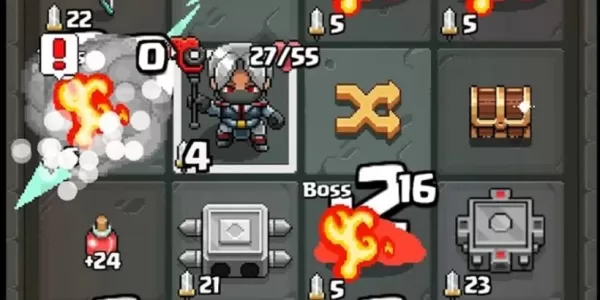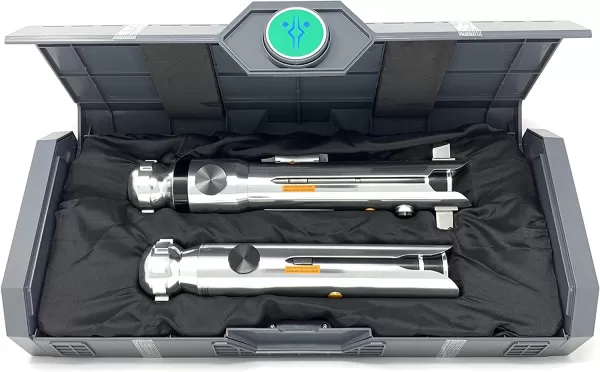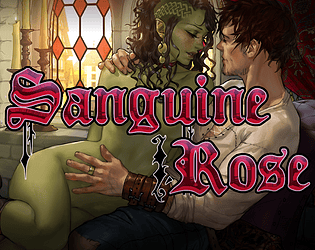Just hours after diving into FBC: Firebreak, I found myself indulging in a delicious cream cake. In a clumsy moment, a dollop of cream fell into my blood orange cocktail, swirling and melting into it. As I stared at the concoction, I was transported back to the Federal Bureau of Control, firing bursts of liquid at the glowing red enemies. It's this kind of twisted logic that a visit to Remedy's headquarters can inspire.
Remedy Entertainment has crafted an eclectic mix of games, ranging from horror to sci-fi and neo-noir detective stories. What I've always admired about the creators of Alan Wake and Max Payne is their unapologetic embrace of the absurd. Firebreak, their latest venture into first-person and co-op multiplayer, is a testament to this. In a two-hour play session, I obliterated foes with a garden gnome and battled a 30-foot sticky note monster. This convinced me that Remedy's unique blend of weirdness could carve out a niche in the competitive online shooter market.
FBC: Firebreak - Gameplay Screenshots
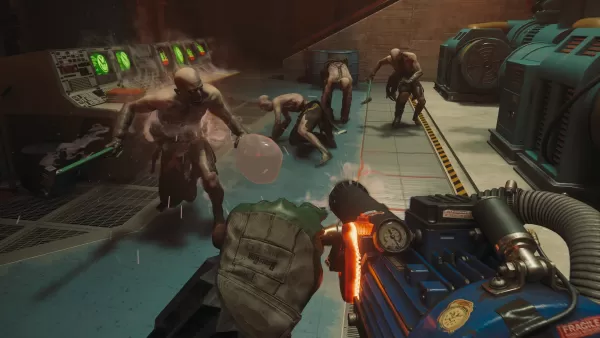
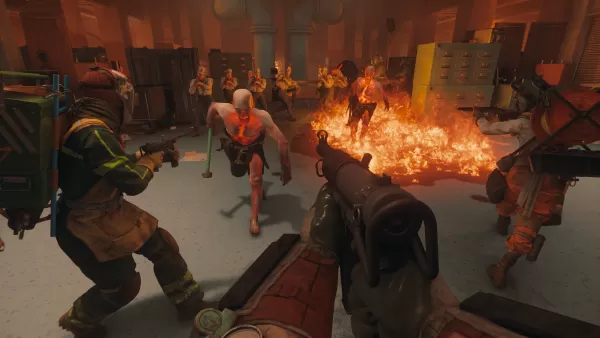 View 16 Images
View 16 Images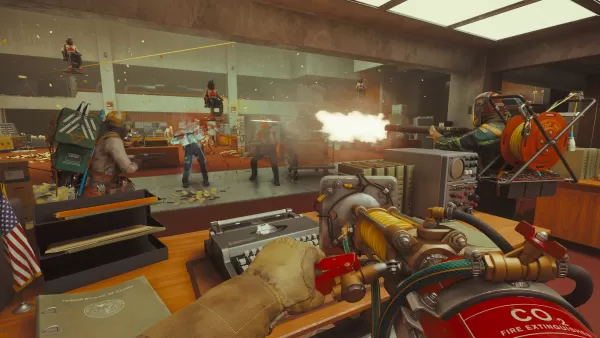
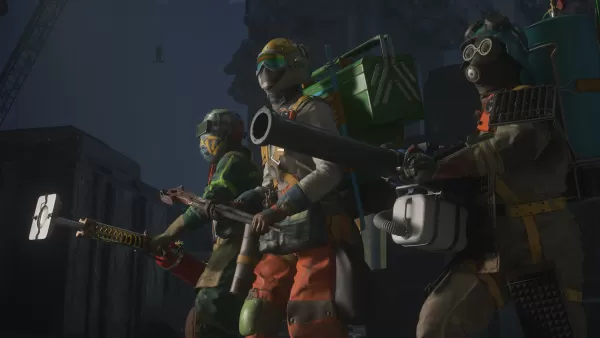


Set six years after the events of Remedy's 2019 hit, Control, Firebreak returns players to The Oldest House. Fans will recognize the brutalist architecture and Finnish folk tunes echoing from bathroom speakers, creating a familiar yet eerie atmosphere. In Firebreak, squads re-enter this mysterious government building to combat localized outbreaks of the Hiss, an inter-dimensional threat that possesses both living and non-living entities. You and up to two teammates become this universe's Ghostbusters, but with shotguns instead of proton packs, and here, crossing the streams is not just allowed—it's encouraged.
Beyond the standard firearms, players can choose from three "kits," each serving different roles within the team. The Fix Kit lets you repair essential machines like ammo stations and healing showers—where FBC employees boost their HP by getting drenched. The Splash Kit equips you with a hydro cannon to heal teammates and drench enemies, while the Jump Kit features an Electro-Kinetic Charge Impactor to shock and immobilize foes. When combined, these kits create powerful synergies—imagine the effect of sending an electric shock through a water-soaked enemy.
Although Firebreak can be played solo, it's designed with teamwork in mind. Missions follow a familiar structure: enter, complete objectives, and return to the elevator. My first mission involved fixing heat fans amidst enemy waves. The subsequent "Paper Chase" mission required us to destroy thousands of sticky notes amidst Hiss attacks, illustrating the game's blend of absurdity and challenge. The notes could attach to players, causing damage, and were best destroyed with water and electricity—a clever use of the game's elemental mechanics.
The third mission at Black Rock Quarry demanded even more teamwork as we collected radioactive pearls from leeches and moved them via shuttle, all while managing radiation exposure and enemy threats. While I enjoyed the mission objectives, the map design felt less complex than Control's labyrinthine Oldest House. The more linear spaces are easier to navigate but miss some of the original's unpredictable charm.
Completing missions unlocks higher clearance levels, adding new objectives and extending playtime. New areas and more complex challenges open up, including bosses that range from bullet sponges to intriguing puzzles like the giant sticky note monster. These encounters emphasize the importance of communication and teamwork, reminiscent of strategic elements found in games like Space Marine 2.
Firebreak's everyday objects turned into monsters maintain the weirdness fans loved in Control. Randomly spawning corrupted items, like a rubber duck that can redirect enemies or traffic lights that can deal heavy damage, add layers of unpredictability. These elements enhance the game's unique atmosphere and gameplay.
Unlocking new tools and ultimate abilities, such as the Splash Kit's Teapot that burns enemies or the Jump Kit's chaotic garden gnome, adds to the game's zany charm. However, readability remains a concern. At times, it's challenging to navigate maps, avoid friendly fire, or identify bosses amidst the chaos. The development team is aware of these issues and plans to address them before the June 17 launch.
Firebreak will launch with five jobs, with two more promised by the end of 2025. These jobs offer replayability and depth through evolving objectives and clearance levels. Priced at $39.99 / €39.99 / £32.99 and included in Game Pass and PlayStation Plus, Firebreak offers substantial value for both Control veterans and newcomers seeking a fun and quirky shooter.
The road for an always-online co-op shooter is challenging, but Firebreak shows promise. With strong foundations and Remedy's unique personality, it has the potential to stand out in the crowded shooter market. Just like that unexpected dollop of cream added a twist to my cocktail, Firebreak adds a unique flavor to the genre.


